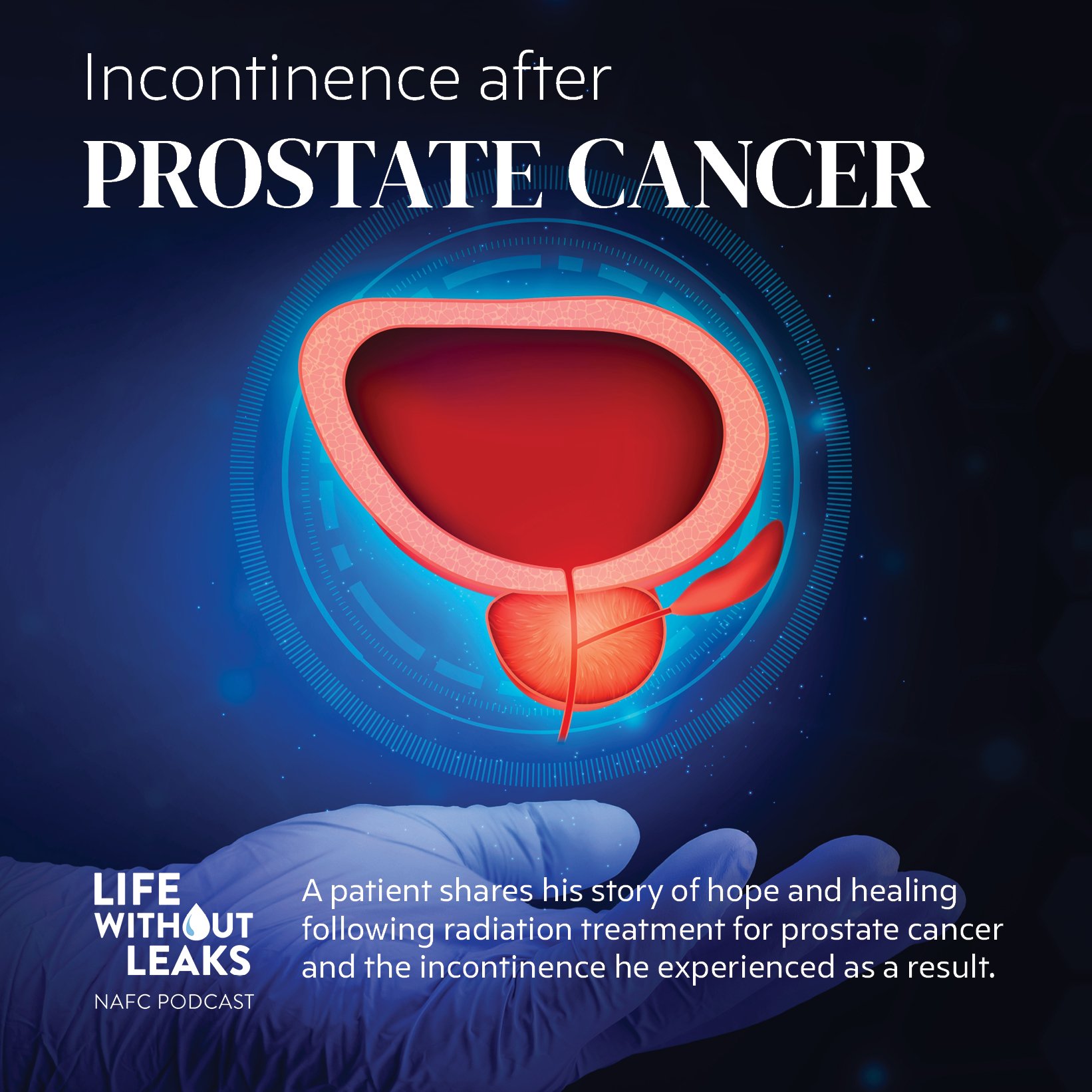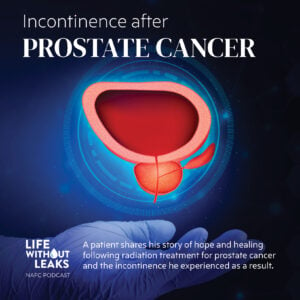A Guest Blog By Sally Connor
I am a 38-year old woman, and I am angry. Angry that my body has changed so much since I’ve had children, angry that I developed a prolapsed bladder after the birth of my first son, angry that I can no longer run the way I used to without making several trips to the bathroom, or worse, wetting myself. I am angry with my doctors for not telling me that this may be a side effect of pregnancy and that there were steps I could have taken to prevent it. I’m angry with other women for not telling me that it has happened to them. I am angry for my sheer ignorance of the situation until it happened to me. But more than anything, I am angry that no one knows any of this because in our society, it feels too embarrassing to really talk about.
When we are young, we don’t think about these things. Before I had children, I don’t think that I ever even gave the pelvic floor much thought. Quite frankly, I didn’t even know what it was. Here is what I didn’t know:
- That the pelvic floor muscles act as a basket, supporting your bladder, uterus, and rectum.
- It is also connected to and supported by your deepest core muscles – your transverse abdominus (below the ‘six pack’ abs) and your multifidus (the tiny muscles that support the spine), and is affected by almost every movement you make.
- The pelvic floor, what I now refer to as the epicenter of my body, is called upon every time you sit, stand, squat, walk, and even breathe.
So I ask, why is it that we don’t hear more about this vital web of muscles? Why are we kept in the dark until it is too late? Why didn’t anyone tell me that pelvic organ prolapse could happen as a result of childbirth? Because, really, so much of this can usually be prevented.
The pelvic floor, just like any other muscle in the body, can be strengthened and trained. With regular pelvic floor exercises, the pelvic floor and the supporting muscles around it can provide a strong foundation for continence for your entire life. But, like any other muscle, if it is already in a weakened state, and then becomes traumatized by something like childbirth, well, the damage is done.
That is the case with prolapse. You can try to repair it, and may see marked improvement through physical therapy, or even surgery, but once the damage is done, it is done.
It doesn’t mean that there is no hope though. I know this. I have seen great improvement in my symptoms and am grateful to have had access to a very skilled physical therapist who was able to show me how to strengthen things up ‘down there’. But, I still do experience some symptoms and I can’t help wonder if things would be the same had I been more aware of this muscle and what I should have been doing to keep it strong prior to and during pregnancy.
With over 35 million Americans experiencing incontinence, I am baffled that the issue is not publicly talked about more often. It is estimated that about 40% of women will experience prolapse at some point in their life. When will we decide that these conditions deserve attention? Talking about them would encourage more people to get help, and, maybe even more importantly, take steps to prevent it.
Instead, the silence only encourages the shame, embarrassment, and isolation that many people with incontinence experience. It does nothing to help those who are experiencing the issue to know there are ways to treat it. Nor does it educate those who have not experienced it to know that this is something that should be considered. Until we can all be more open and recognize that this is a problem worth talking about (shouting about!), we will be a society that continues to allow it’s people to ‘quietly manage their symptoms’ instead of really preventing or treating them.
So please, speak up about your incontinence, your prolapse, or any other pelvic floor issue you may have. While it may be common, it’s not normal and is nothing that anyone should have to suffer with in silence.
About the author: Sally Connor is a mother, wife, entrepreneur, and homemaker who suffered a prolapse after giving birth to her son. She has refused to let this symptom rule her life and strives to increase awareness of pelvic floor issues and what women can do about them by simply talking more about the issue. She hopes that one day pelvic floor issues and incontinence will be a less taboo subject.







One Response
I, too, am very angry about this condition. VERY angry. I think girls should be told about pelvic organ prolapse in the 8th or 9th grade. I also think there should be drawings of what it can look like. They need to see what may happen when you have a baby. I’m 64 years old and had two children. I have a 4th stage uterine and bladder prolapse. My uterus hangs out of my vagina by at least 2 inches. I measured it. I can’t urinate when I sit. The urine won’t come out. If I urinate in a container standing up, I often wet my clothing. I was given a “permanent” pessary (removal by a doc), but it hasn’t worked. It fell out after 3 weeks even though I did nothing to cause this. This isn’t my first pessary either. The other two removable pessaries also fell out. Hysterectomies often don’t “cure” the issue for uterine prolapse. Instead, your bladder or rectal wall fall causing other issues. Today, I will go back to my gynecologist. I feel humiliated and embarrassed. I also know of another older woman, who, after several pelvic surgeries for prolapse, was told there was nothing more that could be done. She openly said she just wanted to die. I would not have had children if I’d known this beforehand. I would have adopted or fostered or “mothered” on other children. I will tell my older teenage grand-daughter about prolapse, which is what I would have wanted at her age.